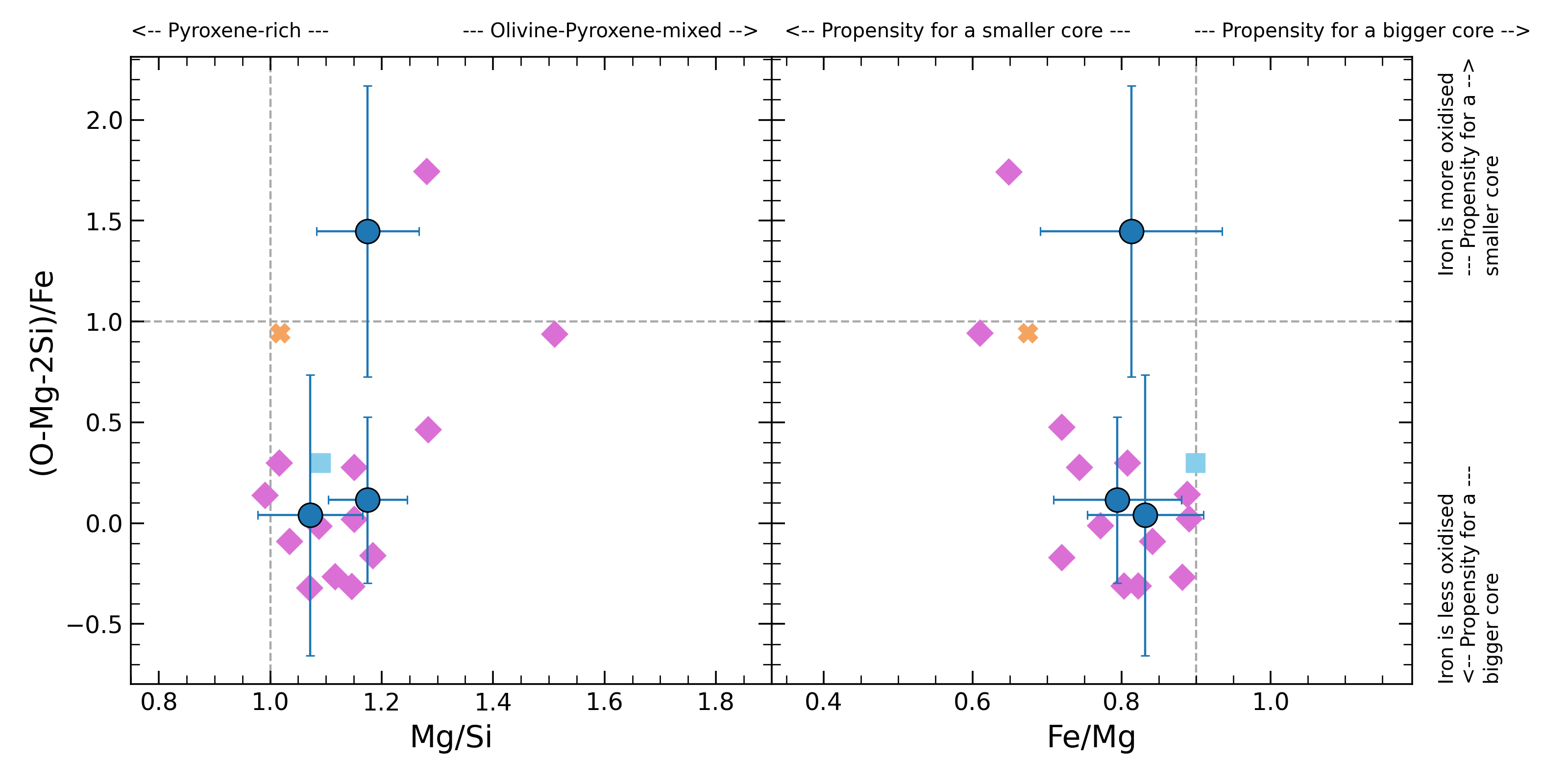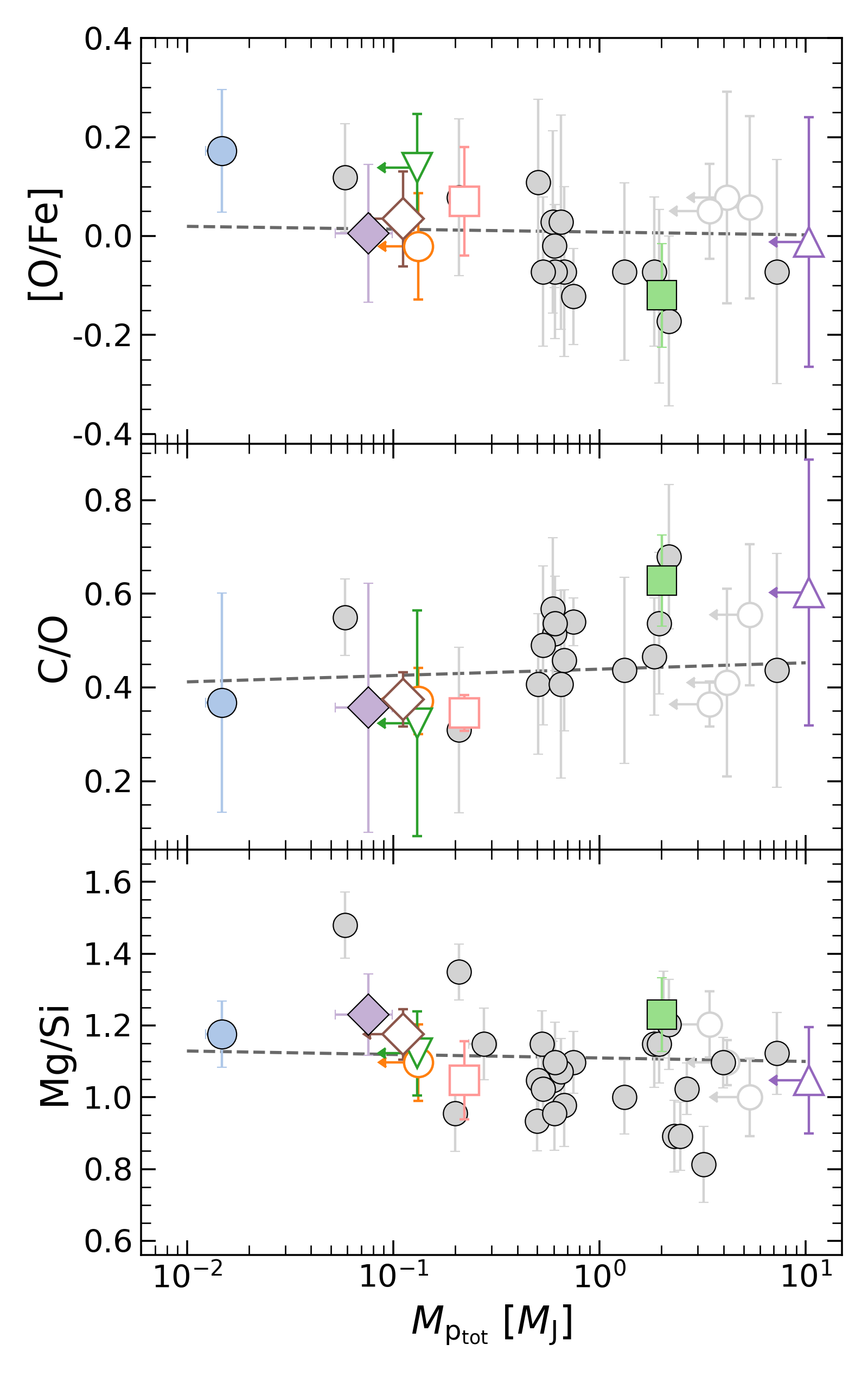HARPS-N and the atmospheric parameters of TESS young exoplanet host stars
Ten young TESS transiting planet-hosting GK stars were observed with the HARPS-N spectrograph (High Accuracy Radial velocity Planet Searcher in North hemisphere) installed at Telescopio Nazionale Galileo within the Global Architecture of Planetary Systems (GAPS) programme.
The aim of the study was to derive stellar atmospheric parameters and elemental abundances of 18 chemical elements in a homogeneous and accurate way through methods based on spectral line equivalent widths and spectral synthesis.
Exoplanets at various evolutionary phases can be studied to better understand their formation, migration, and evolution. The properties of exoplanets are influenced by those of their host stars. It is therefore crucial to characterize the host stars for accurate knowledge on their planets.
The main peculiarity of this work is the youth of analysed targets, proved by different methods (i.e., lithium, chromospheric activity, gyrochronology). In this study, the chemical abundances and their ratios were exploited to derive information on planetary composition. Looking at the C/O and Mg/Si, it was found that the targets showed compatibility with an interpretation of silicate mantles made of a mixture of pyroxene and olivine assemblages for any rocky planets around them.
An interesting result of the study comes from the application of a devolatilisation correction to convert the volatiles abundances from stellar to planetary. Simone Filomeno, the main author of the study, explained it: "Using the devolatilised abundances, we could get a more reliable indication on the bulk and mantle composition of very low-mass planets hosted by our targets. We found that two out of three of these terrestrial planets show abundance ratios compatible with the possible presence of large iron cores, while all of them have values consistent with Earth’s mantle ones". Finally, a comparison between stellar abundances and planetary parameters defined a significant decreasing trend of the oxygen abundance with the total planetary mass of the system. "This trend is relevant", Simone continued, "because it extends to relatively young systems the recent deduction in literature that low-mass planets are most likely to form in environments with higher stellar oxygen".
Further information in the paper at https://arxiv.org/abs/2409.00675

Distribution of the analyzed targets (blue points) in the (O−Mg−2Si)/Fe versus Mg/Si (left panel) and (O−Mg−2Si)/Fe versus Fe/Mg (right panel) diagrams. The vertical and horizontal dashed lines (Wang et al. 2022) highlight the areas in which planets are expected to have different planetary interior properties, along with the positions of Mars (cross) and Earth (square) shown for reference (see Wang et al. 2022). Overplotted with diamonds are the terrestrial-type exoplanets analysed by Wang et al. (2022). See the paper for more information.

[O/Fe] as well as C/O and Mg/Si elemental abundance ratios as a function of the total planetary mass of the planetary system. Filled and empty symbols represent the targets that within our sample host only one confirmed transiting planet or multi-planetary systems, respectively. The targets by Biazzo et al. (2022) are overplotted in grey circles. The dashed grey lines represent the linear fits on the data points. See the paper for more information.

